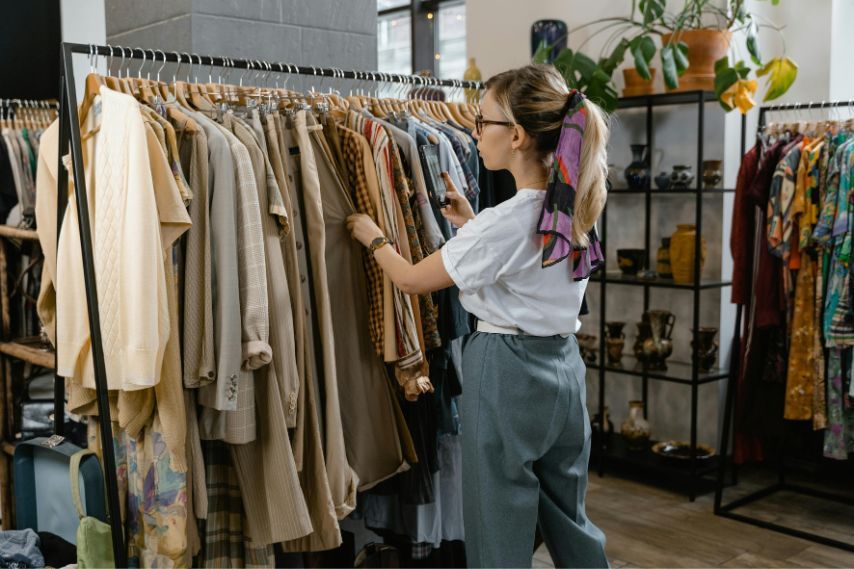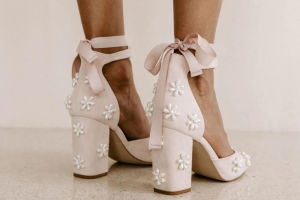The Art of Retail Expansion: Strategies for Boutique Owners To Manage Growth Effectively

Learn how boutique owners can expand their business while preserving brand identity and maximizing profits.
As a boutique owner, you understand the impact each decision you make has on your business. It’s a delicate balance between maintaining the essence of your brand and increasing profits. If you’re ready to venture beyond the current corner that your unique retail store is inhabiting, use the following tips to expand effectively.
Preserving What It Means To Be a Boutique
According to Chron, boutiques differ from retail stores in key ways that are integral to their business model. The quintessential elements of boutiques include that they are:
-Smaller in size than other retail stores;
-Brick-and-mortar, typically;
-Stocked with a limited inventory of specialty items;
-Founded on passion.
While boutiques can be for any niche, unique clothing brands and sellers typically choose this business model. There is lower overhead and a chance to really reflect your personality and passion in each product you design or source. This isn’t to say that other retail stores can’t have passion.
In fact, you can bring that fire that ignited your boutique into your retail expansion. It’s all about crafting a boutique-like experience to keep your customers coming back. Boutiques feel exclusive and special compared to their big-box counterparts. When looking to expand, you should take these same vibes along with you.
With the right balance of scalability and personalization, you can grow your boutique to new heights while preserving the original draw of your retail establishment. Even if your inventory and space expand, strive to keep a close eye on your product choice, store atmosphere, and customer experience. Customers likely enjoy your boutique for those things, currently, so successful growth will depend on keeping that vibe intact.
Deciding the Right Time for Expansion
The timing for your boutique expansion is crucial to its success. Some factors to consider when looking to grow include whether or not you have:
-Current profitability;
-A solid, loyal customer base;
-Unique offerings;
-Strong operating procedures and employees;
-Wiggle room in your budget to account for unexpected costs.
You should be building on an already strong foundation. Financial stability is crucial to ensure that your boutique doesn’t try to expand and then crumble completely. Take a look at your current operating costs and revenue, and project how much you can expect to pay for an expansion. Compare this to your expected revenue growth and leave room for fluctuation. If you have the right ingredients to expand, the final step is to ask yourself if this is something you want to pursue.
Opening a Second Location
You could be content with one brick-and-mortar location and your current level of profits. However, if you want to expand your reach and revenue, you should look into opening a second physical location as an option. There are many ways to go about this in addition to creating a doppelganger of your business on the other side of town. You can experiment with pop-up shops, vendor carts, and co-retailing to gauge demand. Make sure that whatever you choose is within your budget.
Expanding Online
Another option is to take your business online if it isn’t already. You can expand your reach by adding sales and social channels, like an Etsy storefront, e-commerce website, or Pinterest business page. Assess your current online following and engagement. This will tell you where to focus your efforts at first. Online retail can still capture the essence of boutique shopping if done mindfully. Show some behind-the-scenes retail processes on your social media platforms and curate limited-run products for your online storefronts to keep that boutique vibe alive.
Increasing and Optimizing Inventory
With retail expansion, you’ll inevitably have to increase your inventory. For boutiques, you should gauge what sells well currently to inform your purchasing process. For example, your boutique could sell out of quirky hats every time they are in stock. Instead of changing up that offering completely, you could get into the wholesale hat game and add other products that are lower in availability. Adding inventory can be a risky move, but you can use historical sales data, sales forecasting, and feedback from customers to guide your purchasing decisions.
Adjusting Your Business Model
Boutiques thrive on exclusivity, and you can capitalize on this through different business models if you so choose. You can expand your offerings by adding subscription services, affiliate programs, and wholesale products. You can even try partnering with local influencers who align with your boutique’s vision and values. Assess interest by sending out surveys to your current customers and target audience. These business models are relatively low-risk, but it’s still important to track your return on investment.
Tracking Growth Success
Key performance indicators (KPIs) are the most salient metrics that indicate your growth success. You should outline these when expanding your boutique and track how each element of your expansion is performing to determine your next moves. Some essential business performance metrics to consider include:
-Revenue growth;
-Customer acquisition cost;
-Supply chain costs;
-Inventory turnover;
-Customer satisfaction;
-Employee turnover and satisfaction.
Whatever metrics you choose to track should be analyzed in the context of your expansion. Comparing pre- and post-expansion KPIs will let you know how much return on your investment you’re making and let you know if it’s feasible to continue the expansion. Tracking KPIs lets you adjust accordingly if something isn’t working, providing insights into aspects of your business that can make or break your profitability. This is something that you will need to continuously integrate into your retail operations to ensure the future of your boutique.
The Future of Your Boutique
When expanding your boutique, you will inherently go through a variety of emotions. While stressful, the process should be exhilarating and fulfilling. If it’s taking a toll on your mental health and well-being, you should take a step back and evaluate the goals you have for yourself and your store. The future of your boutique relies heavily on your ability to keep the passion burning that got you started in the first place. Focus on growing your revenue, but always remember that your creativity, drive, and customers are what will keep you going for the long haul.




